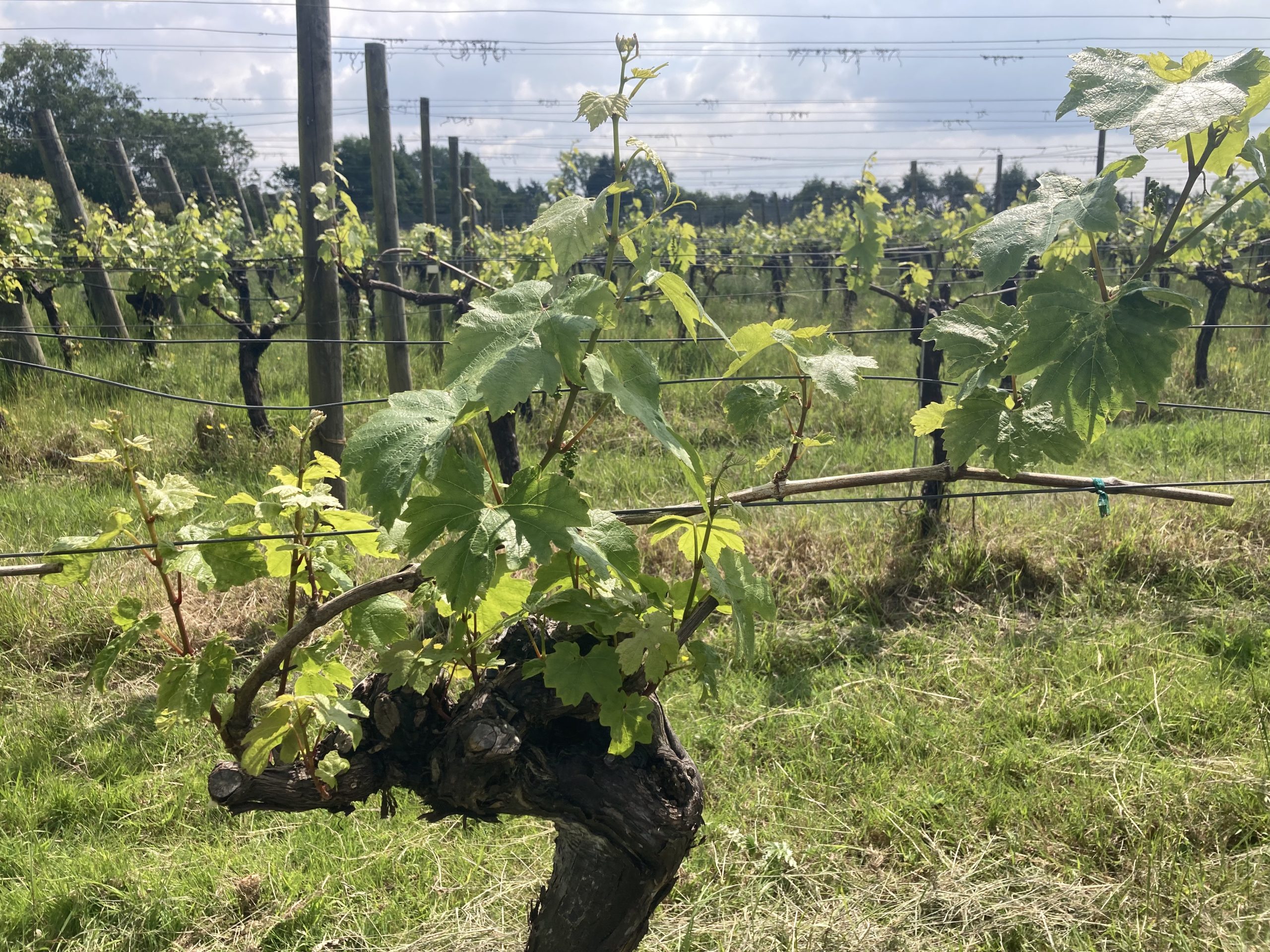What is ‘good wine’? Why do some wines cost £10 and others £100? Does a high price mean the wine is better? Whilst in general, the quality and price of a bottle of wine are closely linked; better material, longer production time, higher quality ground all feed into the price. This week’s Blog looks at the factors within wine production that can influence both the quality and the price. making the world of wine both fascinating and complex. Understanding these factors can enhance your appreciation of wine and guide you in making more informed purchasing decisions.
Here are the key elements that affect wine quality and price:
Terroir
One of the most significant influences on wine quality is terroir, a French term that encompasses the climate, soil, and topography of the vineyard. The specific conditions of a vineyard’s terroir can greatly affect the flavor profile of the wine. For example, grapes grown in cooler climates tend to produce wines with higher acidity and more delicate flavors, while those from warmer climates often result in richer, fuller-bodied wines. Soil composition can also impact wine, with certain soils providing better drainage or nutrients that enhance grape quality.
Grape Variety
The type of grape used is another critical factor. Different grape varieties have distinct characteristics that influence the wine’s flavour, aroma, and structure. For instance, Cabernet Sauvignon typically produces bold, tannic wines with dark fruit flavors, whereas Pinot Noir is known for its lighter body and red fruit notes. The quality of the grapes themselves, including their ripeness at harvest, also plays a crucial role. Equally, a high yield harvest will influence the price paid for those grapes.
Vineyard Management
How a vineyard is managed can significantly impact wine quality. Practices such as vine pruning, canopy management, and yield control are vital. Lower yields often result in higher-quality grapes, as the vine’s energy is concentrated in fewer clusters, enhancing flavour intensity. Sustainable and organic farming practices can also contribute to healthier vineyards and better quality grapes, but this comes at a cost.
Winemaking Techniques
The methods used by winemakers in the cellar are equally important. Decisions about fermentation (such as the type of yeast used and fermentation temperature), aging (in stainless steel, oak barrels, or other materials), and blending can all affect the final product. Aging in oak barrels, for example, can add complexity and depth to wine, imparting flavours like vanilla, spice, and toast.
Aging Potential
Some wines are crafted to be enjoyed young, while others improve with age. The aging potential of a wine can influence its price, with wines that develop more complex flavours over time often commanding higher prices. Factors that contribute to a wine’s aging potential include its tannin structure, acidity, and balance.
Brand and Reputation
A winery’s reputation can significantly impact the price of its wines. Established brands with a history of producing high-quality wines often charge more due to their reputation. Additionally, wines from regions known for excellence, such as Bordeaux, Napa Valley, or Burgundy, often come with a premium price tag, whether deserved or otherwise.
Market Demand
Like any other product, the laws of supply and demand apply to wine. Limited-production wines, such as those from boutique wineries or exclusive vineyards, can be more expensive due to their rarity. Similarly, wines that have received high ratings from critics or won prestigious awards may see an increase in demand and price.
Production Costs
The cost of producing wine includes not only the cost of grapes and labour but also expenses related to equipment, facilities, and distribution. High-end wines often incur higher production costs due to more labour-intensive processes, longer aging times, and higher-quality packaging.
Conclusion
In summary, making wine is really tricky and the quality and price of wine are influenced by a complex interplay of factors ranging from terroir and grape variety to winemaking techniques and market demand. Understanding these elements can help you appreciate the nuances of different wines and make better purchasing decisions. Whether you’re seeking a budget-friendly option for everyday enjoyment or a special bottle for a memorable occasion, knowing what affects wine quality and price will enhance your wine shopping experience.

